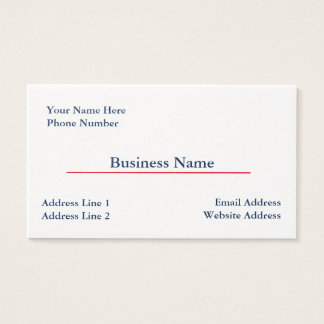Whether you have business training or not, don’t think you aren’t qualified to forecast. If you can run a business, then you can forecast its sales. Most people can guess their own business’ sales better than any expert device, statistical analysis, or mathematical routine. Experience counts more than any other factor.
Break your sales down into manageable parts, and then forecast the parts. Guess your sales by line of sales, month by month, then add up the sales lines and add up the months.
The illustration below gives you an example of a simple sales forecast that includes simple price and cost forecasts which are used to calculate projected sales and direct cost of sales and estimate total dollar value for each category of sales.
A simple sales forecast


Use text to explain the forecast and related plans and background
Although the charts and tables are great, you still need to explain them. A complete business plan should normally include some detailed text discussion of your sales forecast, sales strategy, sales programs, and related information. Ideally, you use the text, tables, and charts in your plan to provide some visual variety and ease of use. Put the tables and charts near the text covering the related topics.
In my standard business plan text outline, the discussion of sales goes into the chapter on Strategy and Implementation. You can change that to fit whichever logic and structure you use. In practical terms, you’ll probably prepare these text topics as separate items, to be gathered into the plan as it is finished.
Sales strategy
Somewhere near the sales forecast you should describe your sales strategy. Sales strategies deal with how and when to close sales prospects, how to compensate sales people, how to optimize order processing and database management, and how to maneuver price, delivery, and conditions.
How do you sell? Do you sell through retail, wholesale, discount, mail order, phone order? Do you maintain a sales force? How are sales people trained, and how are they compensated? Don’t confuse sales strategy with your marketing strategy, which goes elsewhere. Sales should close the deals that marketing opens.
To help differentiate between marketing strategy and sales strategy, think of marketing as the broader effort of generating sales leads on a large scale, and sales as the efforts to bring those sales leads into the system as individual sales transactions. Marketing might affect image and awareness and propensity to buy, while sales involves getting the order.
Forecast details
Your business plan text should summarize and highlight the numbers you have entered in the Sales Forecast table. Make sure you discuss important assumptions in enough detail, and that you explain the background sufficiently. Try to anticipate the questions your readers will ask. Include whatever information you think will be relevant, that your readers will need.
Sales programs
Details are critical to implementation. Use this topic to list the specific information related to sales programs in your milestones table, with the specific persons responsible, deadlines, and budgets. How is this strategy to be implemented? Do you have concrete and specific plans? How will implementation be measured?
Business plans are about results, and generating results depends in part on how specific you are in the plan. For anything related to sales that is supposed to happen, include it here and list the person responsible, dates required, and budgets. All of that will make your business plan more real.
How many years?
I believe a business plan should normally project sales by month for the next 12 months, and annual sales for the following two years. This doesn’t mean businesses shouldn’t plan for a longer term than just three years, not by any means. It does mean, however, that the detail of monthly forecasts doesn’t pay off beyond a year, except in special cases. It also means that any detail in the yearly forecasts probably doesn’t make sense beyond three years. It does mean, of course, that you still plan your business for five, 10, and even 15-year time frames; just don’t do it within the detailed context of business plan financials.
15% Off All Business Cards
VIEW ALL
$44.25
$58.55
$68.95
$65.40
$60.05





No comments:
Post a Comment